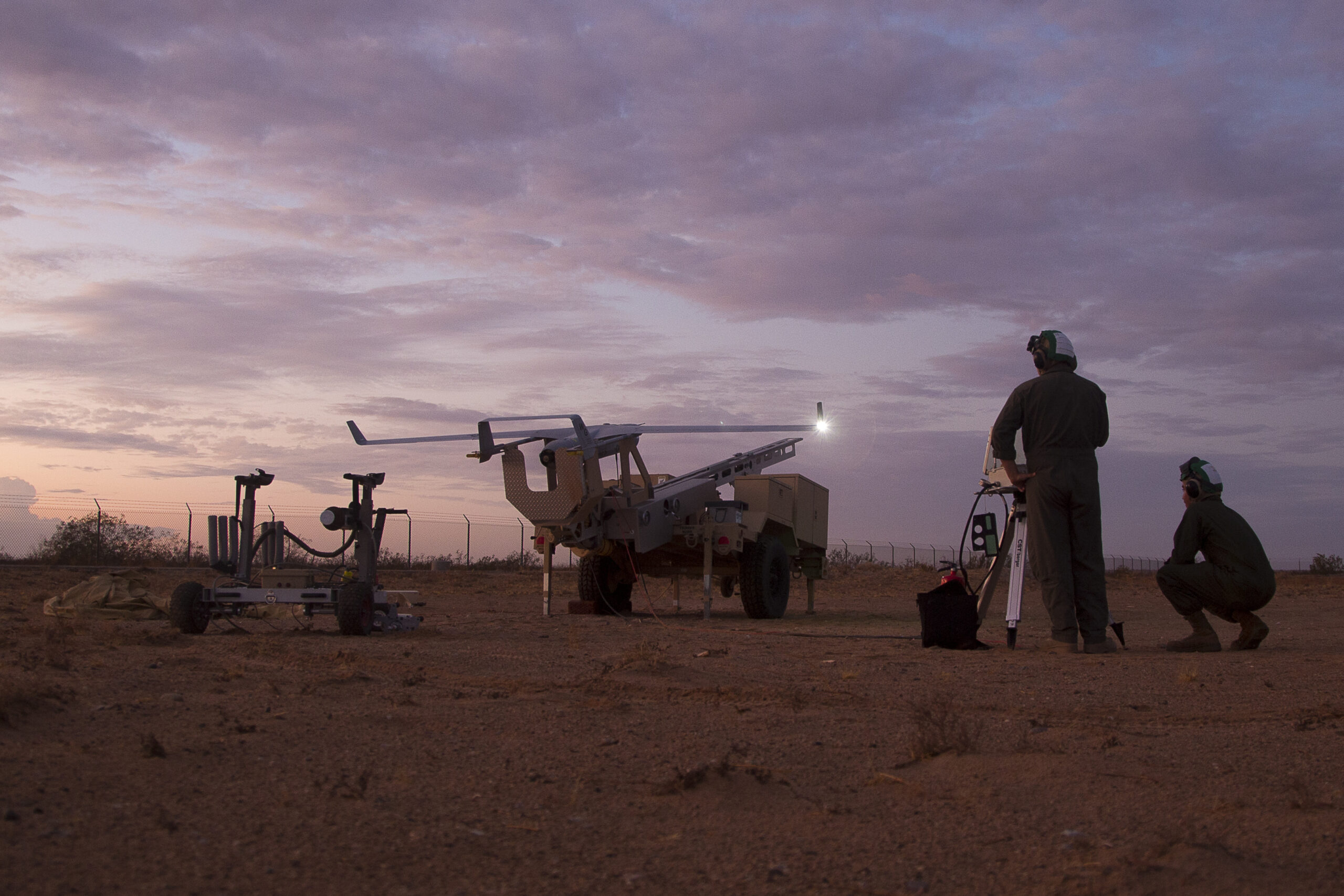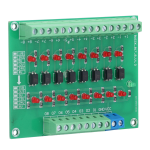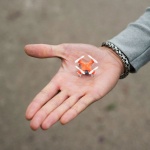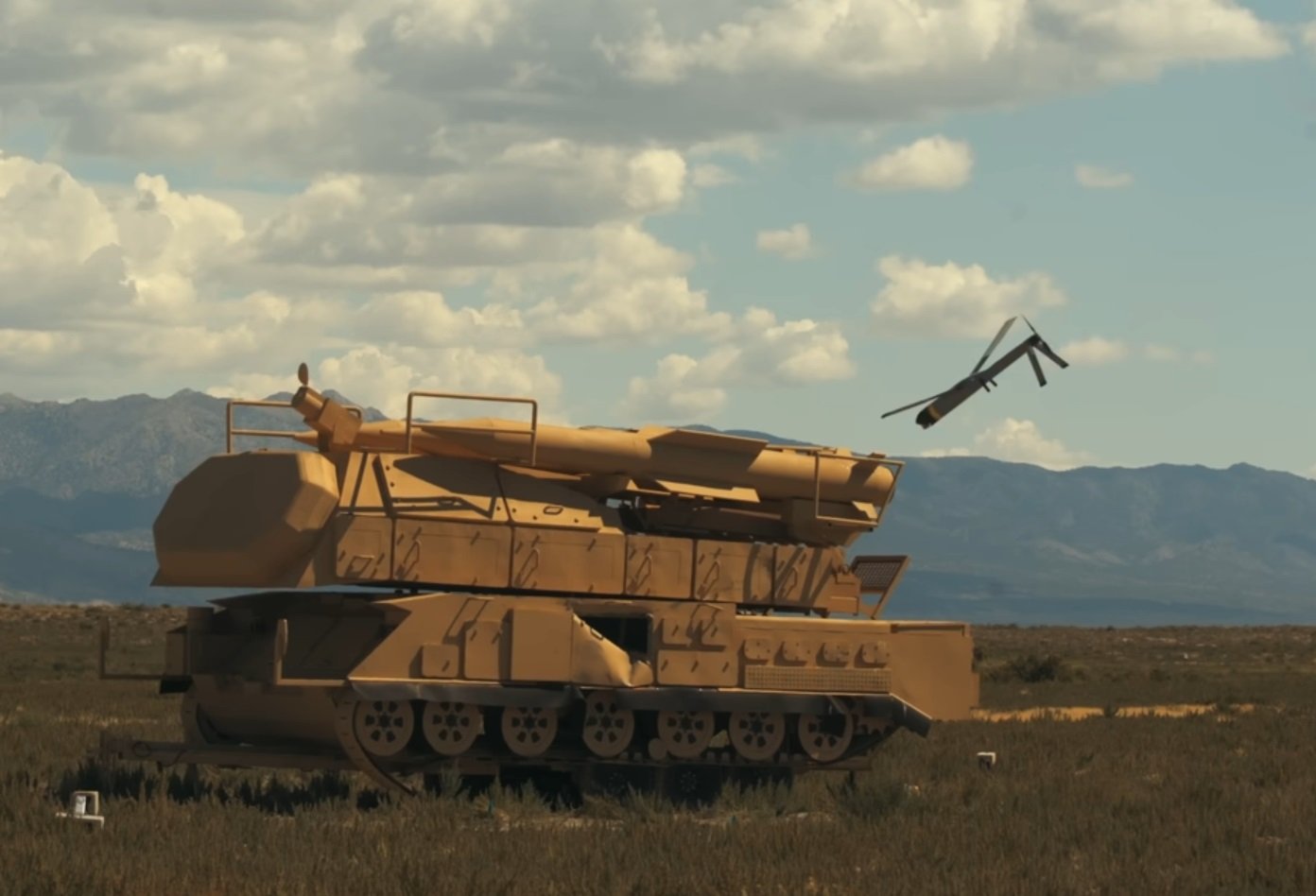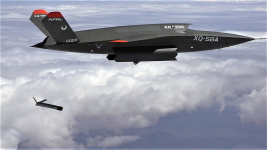How many proximity rounds to defeat this?
A swarm of micro-Aldis Lamp repeaters
View attachment 83732
Most modern PLCs communicate by light. This is done to isolate the low voltage internal circuits from the higher voltage external circuits. When the calculations are complete at the end of every cycle the PLC sends and electrical impulse to one of the discrete outputs on the I/O module. That impulse activates an LED. The visible light from the LED is detected by an optical sensor which closes a circuit on the external high voltage side. Conversely, the PLC reads the status of the electrical inputs optically as well. This prevents electromagnetic interference. The picture below is of a dedicated optical isolator.
View attachment 83733
An optoisolator is an electronic component that transfers electrical signals between two isolated circuits by using light. Optoisolators prevent high voltages from affecting or destroying the system receiving the signal. They can also remove electrical noise from signals and enable communication...

www.electrical4u.com
So... Put an emitting LED and an Optical Sensor on every drone and broadcast in the visual spectrum using line of sight comms with multiple simultaneous repeater nodes in the sky concurrently.
If you can't hide, don't. Build in redundancy by the bucket load.
....
So what might a flying repeater node look like?
View attachment 83734
The BuzzBee 6-Axis Quadcopter Drone from VR Insane is flown using the included remote control, and just happens to be the smallest nano drone in the world! Enjoy endless hours of indoor or in the garden fun with this charming little flying machine.

no.mobilefun.com
They were being retailed, with the controller, for 266 Norwegian Krone or about 25 USD.
Remove the controller from the equation.
Remove the retail margin from the equation
How much do you reckon the actual UAV cost to manufacture?
How many of those could be packed inside a 155mm shell? How about a 120mm mortar? Or an MLRS Rocket?
A tight swarm or a dispersed swarm?
No weapons on the UAV but simply Re-Transmitters to accompany the swarm of the larger killer drones. And so many of them they would be hard to kill and could be used like smoke, to obscure intent.
....
